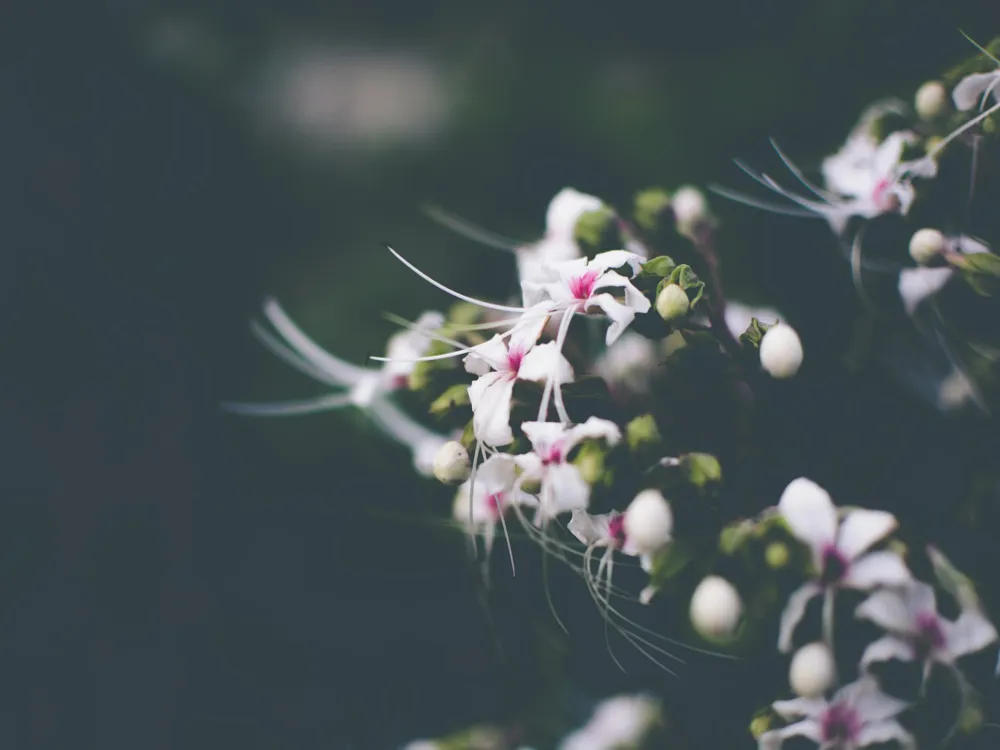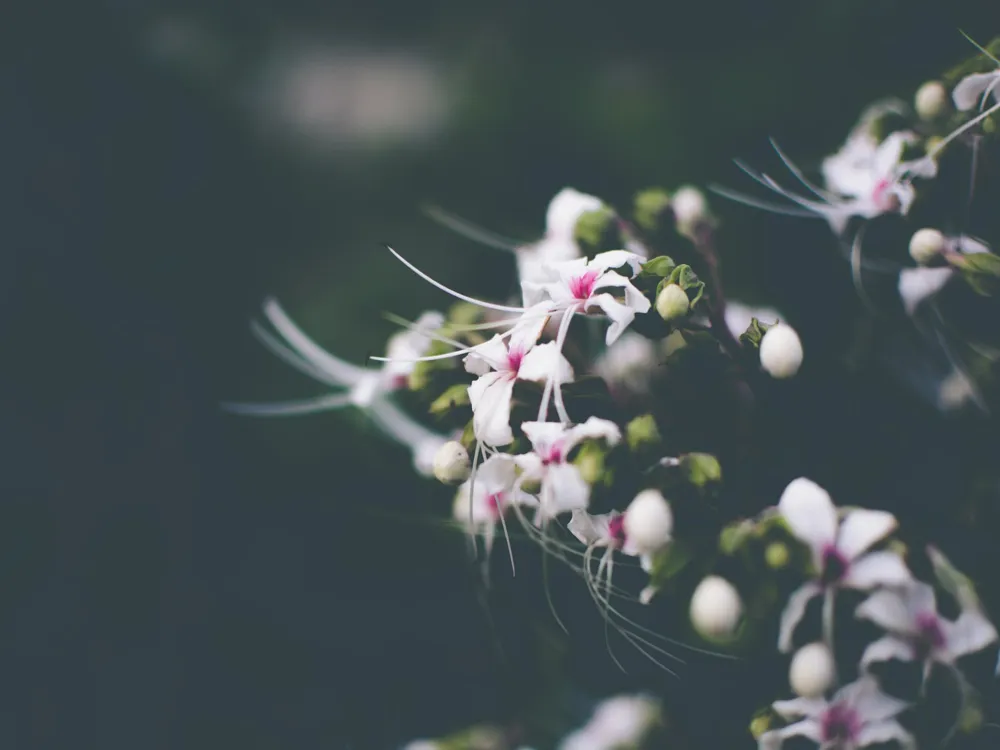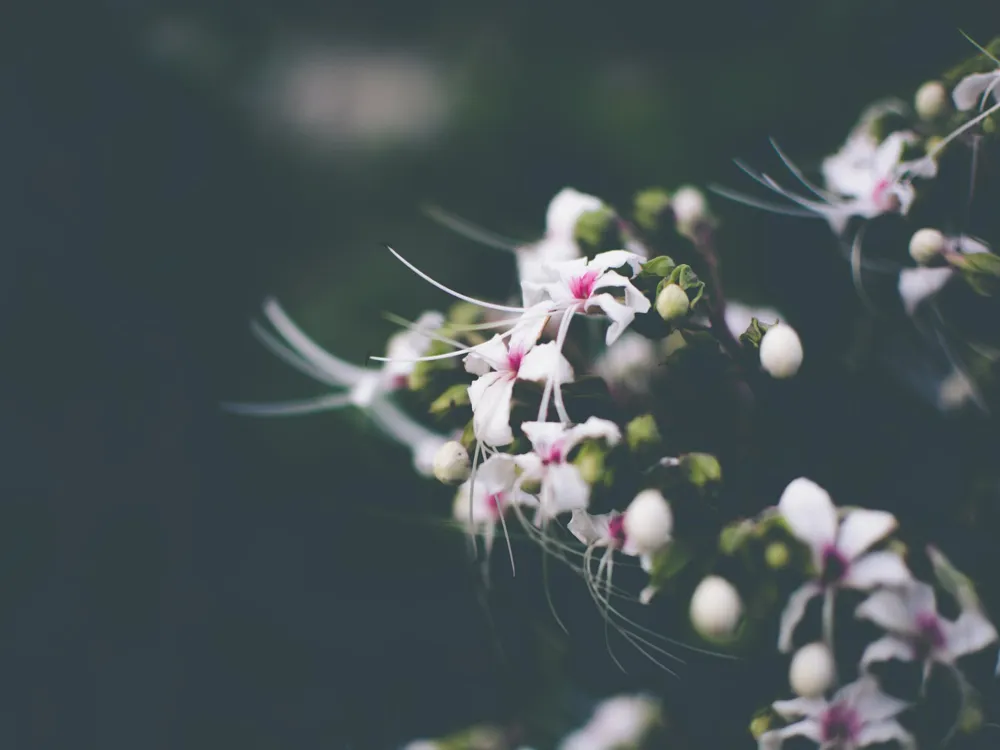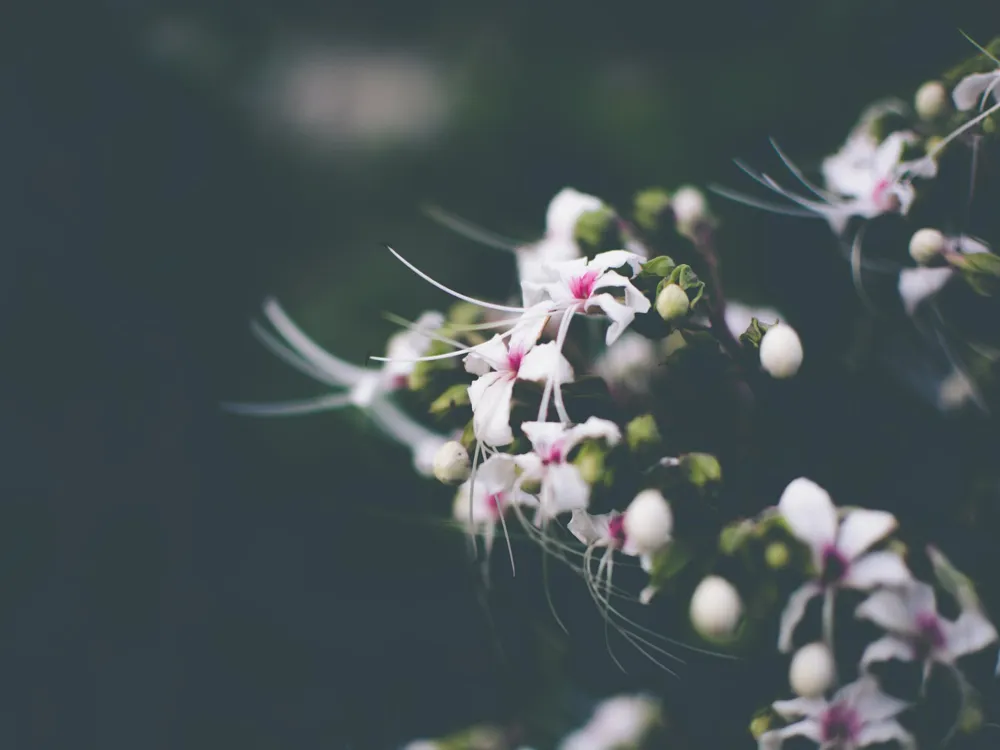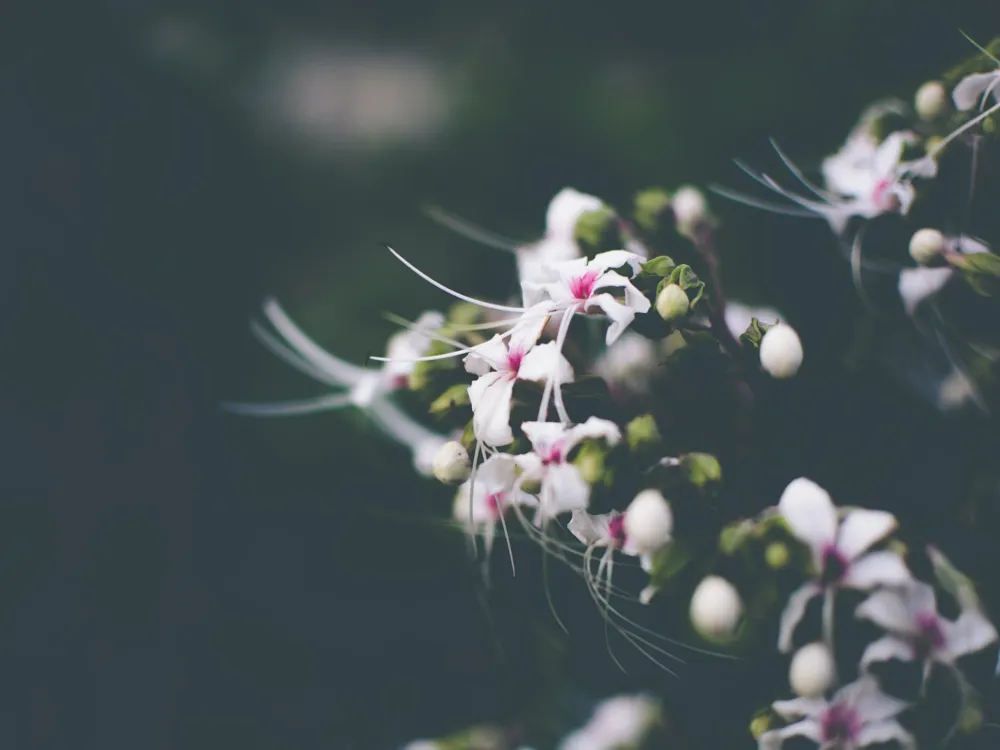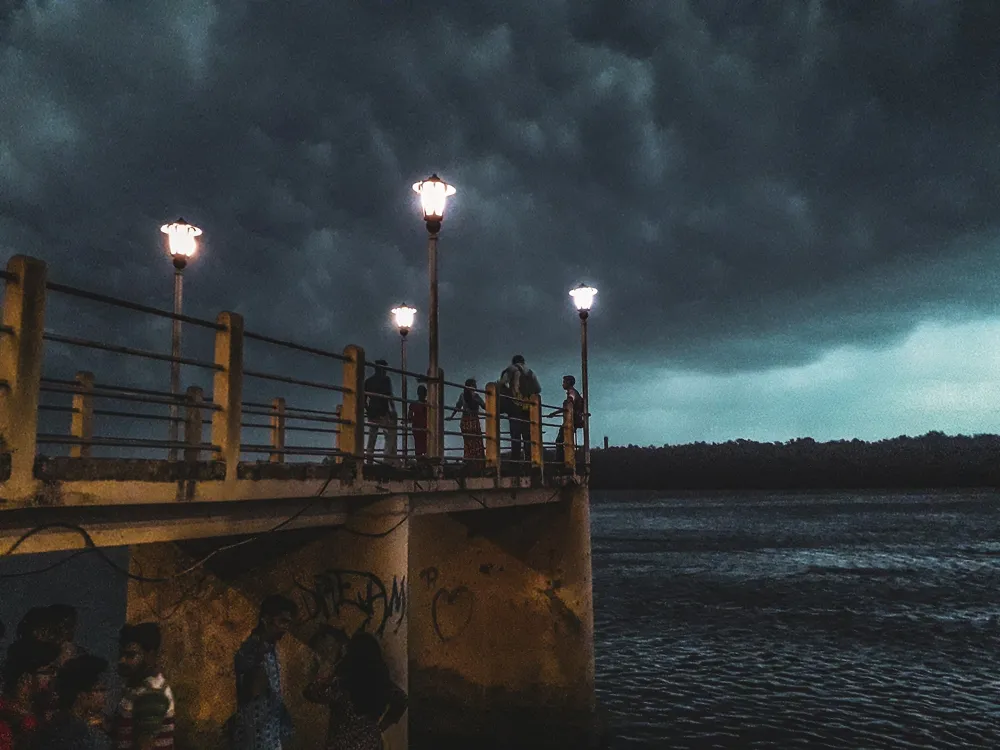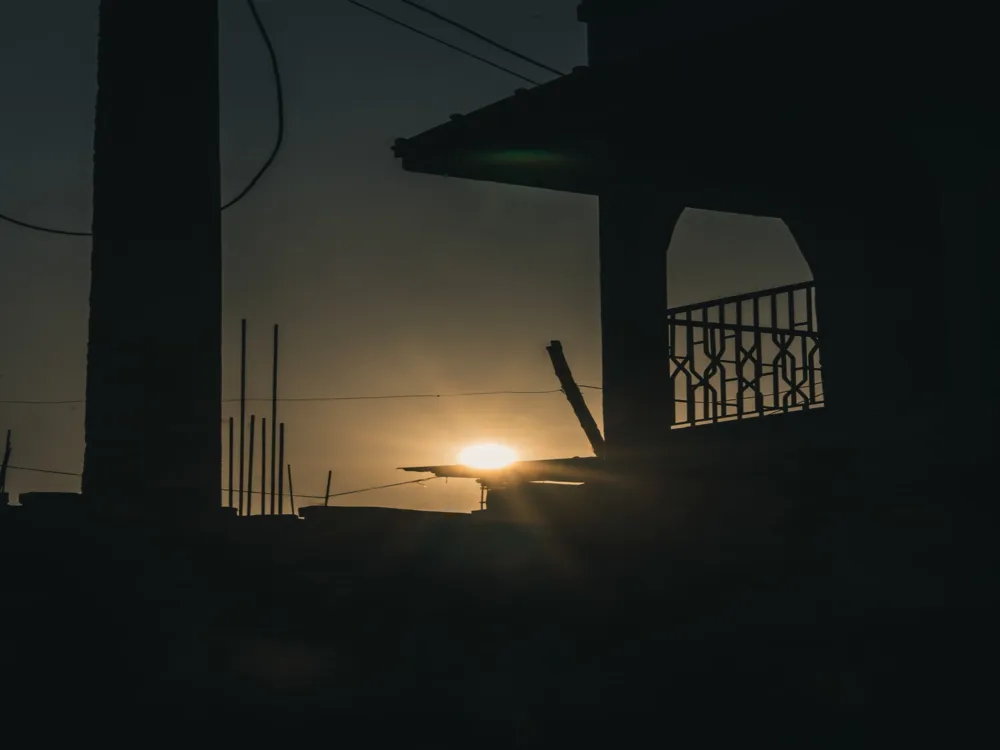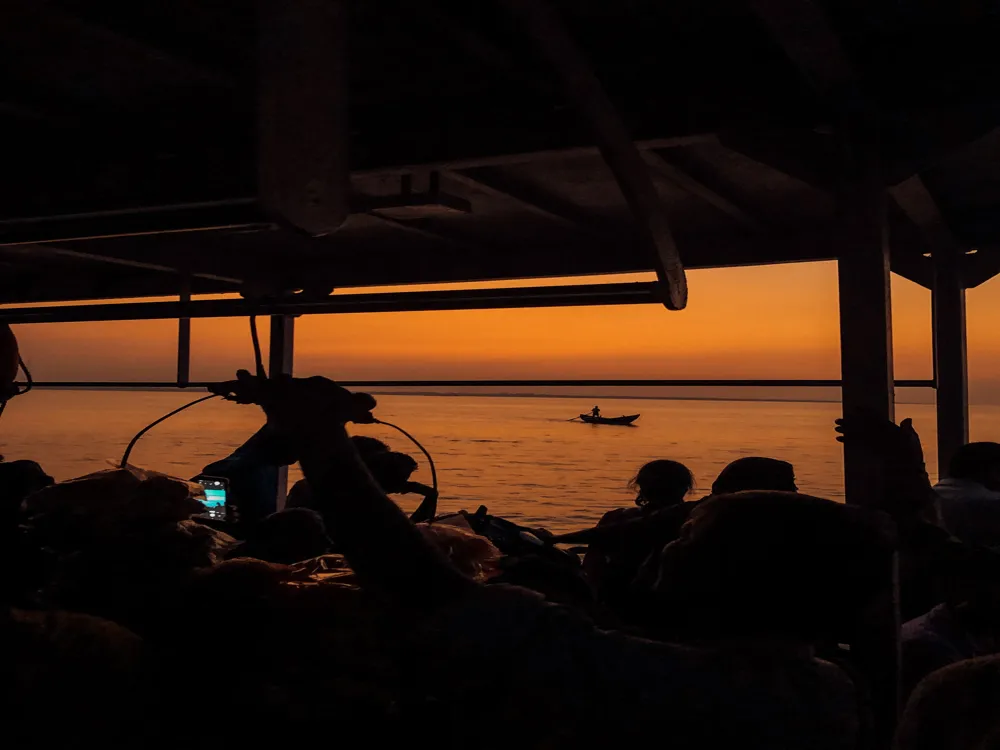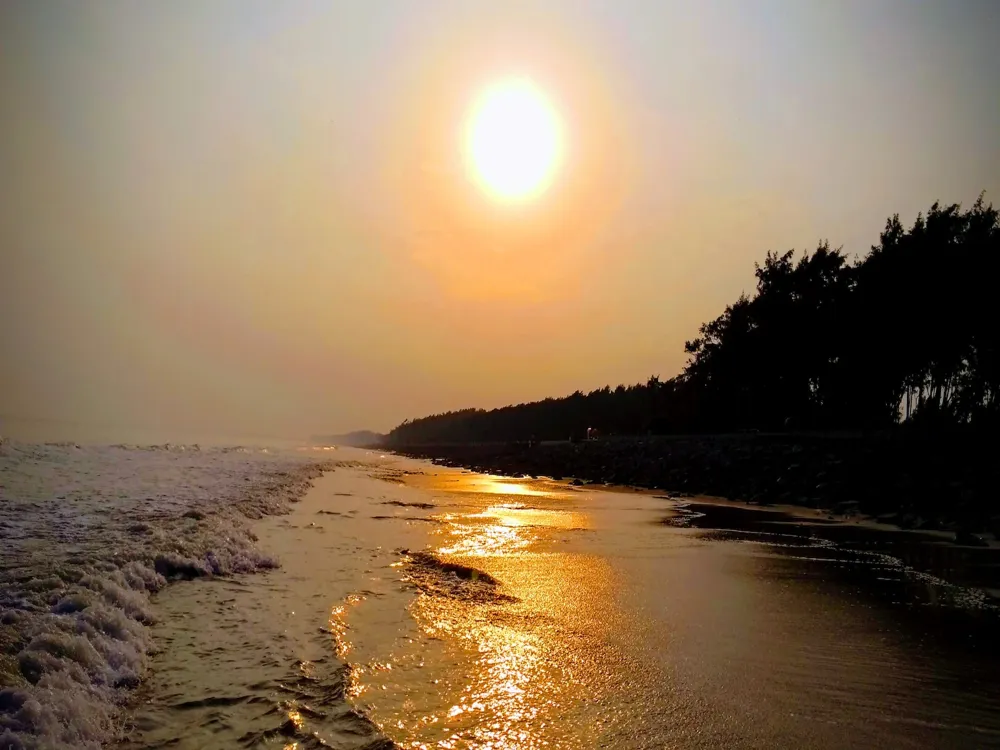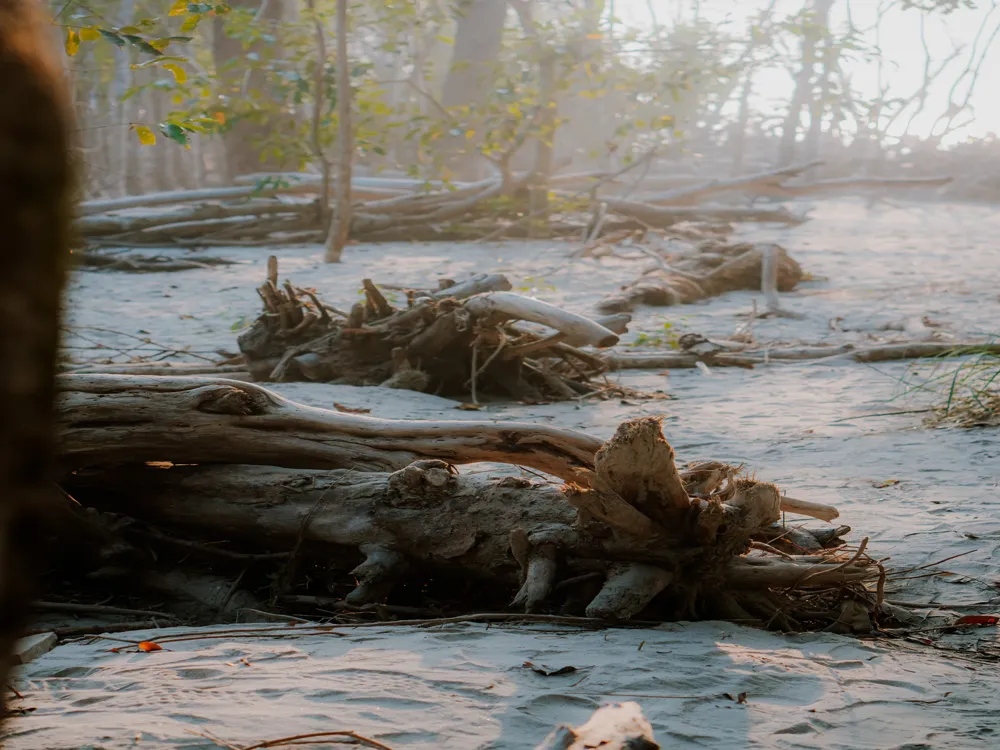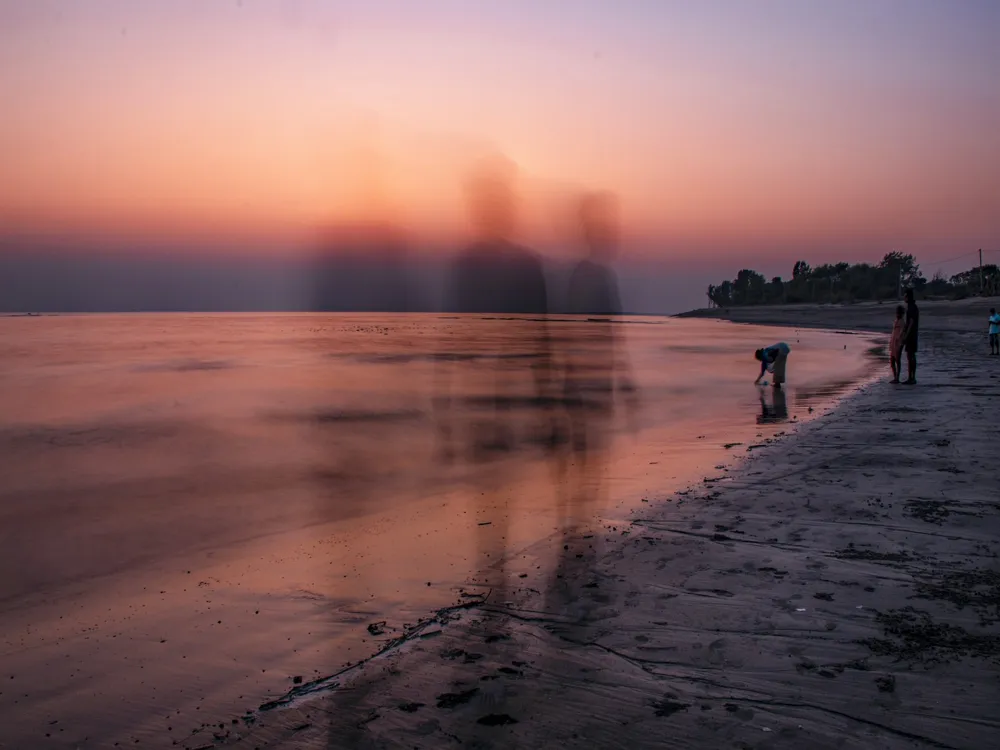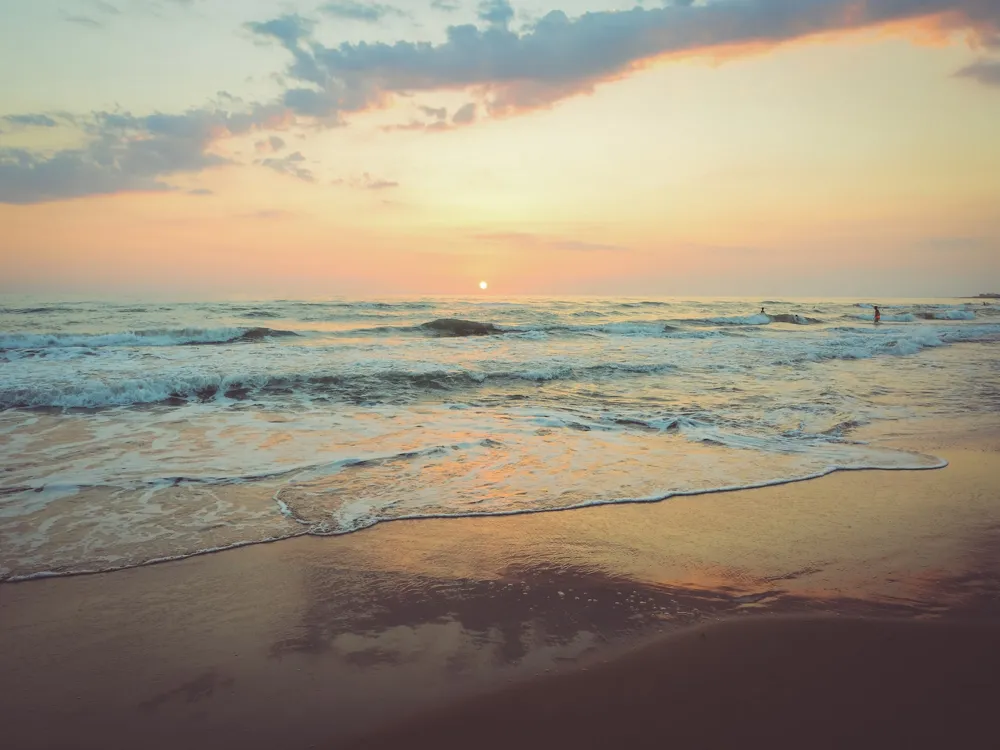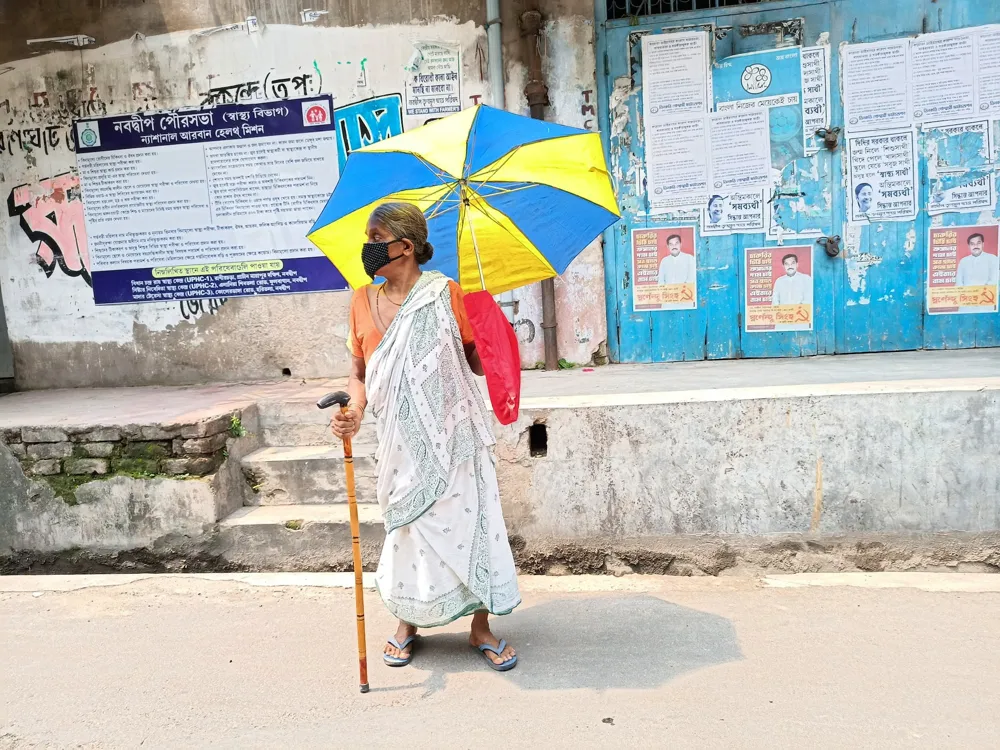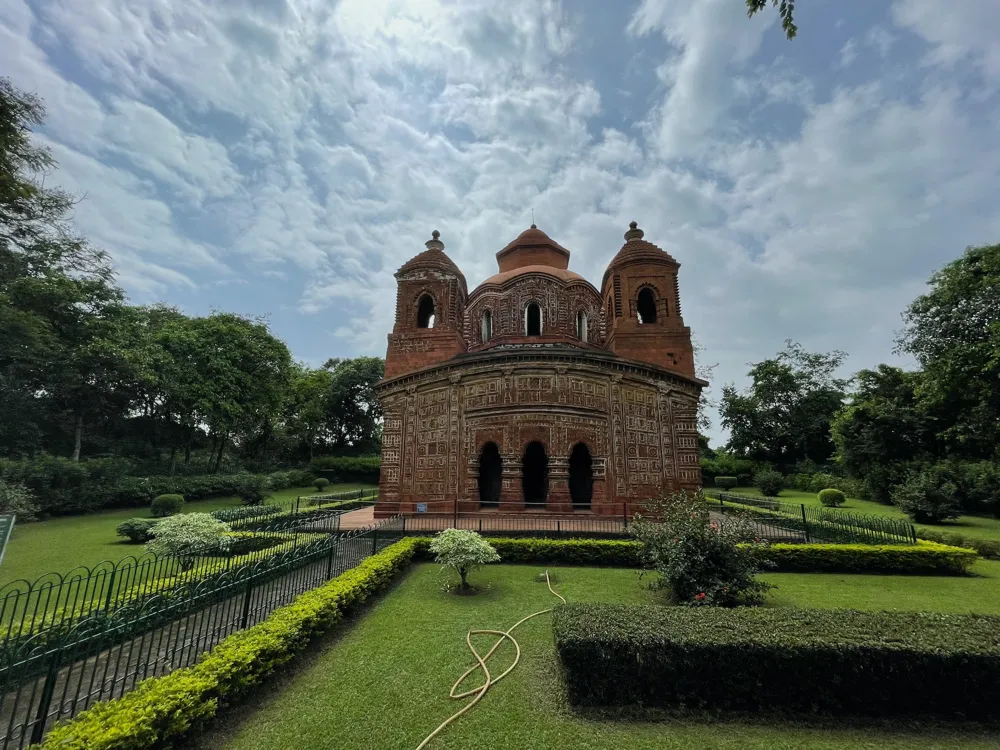The Hooghly Riverfront in Kolkata, West Bengal, is not just a stunning spectacle but a testament to the city's historical and cultural heritage. Stretching along the Hooghly River, which is a distributary of the mighty Ganges, the riverfront offers breathtaking views and a serene escape from the bustling city life. This place, rich in history, has been a witness to many significant events over the centuries and continues to hold a special place in the hearts of both locals and tourists alike. The riverfront is adorned with numerous ghats, each with its own story and significance. These ghats, which are essentially steps leading down to the river, are frequented by locals for various daily activities, ranging from religious rituals to leisurely strolls. The blend of the everyday hustle and the spiritual tranquility that these ghats offer is a unique characteristic of the Hooghly Riverfront. Adding to the charm of the place are the colonial-era buildings that line the riverfront, reminding one of Kolkata's rich historical past as an important trading post of the British East India Company. These architectural marvels stand as a fusion of British and Indian architectural styles, offering a visual treat and a journey back in time. The Hooghly Riverfront is not just a scenic spot but also a hub of cultural and religious activities. Festivals like Durga Puja, Saraswati Puja, and Kali Puja see the riverfront transform into a vibrant and colorful spectacle. The immersion of idols in the Hooghly River during these festivals is a sight to behold, encapsulating the essence of Bengal's rich cultural tapestry. Furthermore, the riverfront plays a crucial role in the daily lives of the people of Kolkata. It is a place where people come to seek solace and peace, indulge in leisure activities, and enjoy the natural beauty of the surroundings. Morning walks, yoga sessions, and boat rides are common sights here, adding to the lively atmosphere of the place. Amidst the urban setting, the Hooghly Riverfront is a haven for various species of birds and aquatic life. The lush greenery and the clean waters of the river attract migratory birds, making it a popular spot for bird watchers. The flora along the riverbank is equally diverse, with an array of plants and trees that add to the greenery and beauty of the area. The architecture of the Hooghly Riverfront is a fascinating amalgamation of historical and modern styles, reflecting Kolkata's journey through time. The colonial buildings, with their Victorian and Gothic influences, are a reminder of Kolkata's past as the capital of British India. These structures, with their intricate designs and grandeur, speak volumes about the architectural prowess of that era. Contrasting these historical edifices are the contemporary structures that have sprung up along the riverfront. These modern buildings, with their sleek designs and innovative use of space, represent the evolving face of Kolkata as a metropolis. The blend of the old and the new is seamless, creating a unique skyline that is both nostalgic and forward-looking. The historical buildings along the Hooghly Riverfront are not just architectural wonders but also hold immense historical value. Landmarks like the Howrah Bridge and the Vidyasagar Setu are engineering marvels that symbolize Kolkata's development over the years. The ghats, with their varied architectural styles, offer a glimpse into the religious and cultural significance of the river in the lives of the people. Each ghat has its own unique design and story. Prinsep Ghat, for instance, with its Greek and Gothic architectural influences, is a popular spot for photographers and history enthusiasts. Similarly, other ghats like Bagbazar Ghat, Ahiritola Ghat, and Nimtala Ghat, each have their distinct charm and historical importance. The fusion of British and Indian architectural styles is a key feature of the buildings along the Hooghly Riverfront. This blend, known as the Indo-Saracenic style, is characterized by domes, arches, and intricate detailing, combining the best of both worlds. This architectural style is a representation of Kolkata's history as a melting pot of cultures and traditions. Buildings like the Kolkata High Court, GPO, and the Town Hall are prime examples of this style, showcasing the intricate craftsmanship and attention to detail that went into their construction. These structures are not just buildings but symbols of Kolkata's rich heritage and architectural diversity. The best time to visit the Hooghly Riverfront is during the cooler months of October to March. The weather is pleasant, making it ideal for exploring the area comfortably. Early mornings and evenings are particularly magical, with the sunrise and sunset creating a mesmerizing backdrop against the river. Reaching the Hooghly Riverfront is easy, thanks to Kolkata's well-connected transport system. Options include public buses, taxis, and the metro, with the nearest metro station being Esplanade. For a more scenic route, one can opt for a ferry ride across the river, which is not only convenient but also offers a unique perspective of the city. Exploring the local cuisine is a must when visiting the Hooghly Riverfront. The area is dotted with numerous eateries and street food vendors offering a taste of authentic Bengali cuisine. Don't miss out on trying the famous Kolkata biryani, fish curry, and sweet delicacies like rasgulla and sandesh. For shopping enthusiasts, the local markets offer a variety of handicrafts, textiles, and souvenirs to take back home. The riverfront is not just about scenic beauty but also about immersing oneself in cultural activities. From boat rides on the river to attending cultural performances at the nearby auditoriums, there's always something to do. Art enthusiasts can visit the nearby galleries, while those looking for relaxation can enjoy a leisurely stroll along the promenade. While the Hooghly Riverfront is generally safe, it's always advisable to be mindful of personal belongings and adhere to local guidelines. Respect the cultural and religious sentiments of the locals, especially when visiting the ghats. It's also recommended to check for any local advisories or restrictions, especially during festival times or adverse weather conditions. Accessing the Hooghly Riverfront in Kolkata is convenient, given the city's extensive transportation network. For those coming from outside the city, the Netaji Subhash Chandra Bose International Airport is the nearest airport. From the airport, one can take a taxi or use public transport to reach the riverfront. The Howrah and Sealdah railway stations are also major junctions for those traveling by train, providing easy access to the riverfront area. For those already in Kolkata, the city's efficient public transportation system, including buses, taxis, and the metro, offers convenient options to reach the riverfront. The Kolkata Metro, with its extensive network, is a popular choice among locals and tourists alike. The nearest metro station to the riverfront is the Esplanade station, from where the riverfront is easily accessible. Additionally, for a unique experience, one can opt for a ferry ride across the Hooghly River, which not only provides a scenic route but also a glimpse into the daily life of the locals. Read More:Overview of Hooghly Riverfront, Kolkata
Significance of the Riverfront
Wildlife and Flora
Architecture of Hooghly Riverfront
Historical Buildings and Ghats
Influence of British and Indian Architectural Styles
Tips When Visiting Hooghly Riverfront
Best Time to Visit
Transportation and Accessibility
Local Cuisine and Shopping
Cultural and Recreational Activities
Safety and Guidelines
How To Reach Hooghly Riverfront
Hooghly Riverfront
Kolkata
West Bengal
NaN onwards
View kolkata Packages
Weather :
Tags : Waterfront
Timings : 24 hrs
Time Required : 1 - 2 hrs
Entry Fee : No Entry Fee
Planning a Trip? Ask Your Question
Kolkata Travel Packages
View All Packages For Kolkata
Top Hotel Collections for Kolkata

Private Pool

Luxury Hotels

5-Star Hotels

Pet Friendly
Top Hotels Near Kolkata
Other Top Ranking Places In Kolkata
View All Places To Visit In kolkata
View kolkata Packages
Weather :
Tags : Waterfront
Timings : 24 hrs
Time Required : 1 - 2 hrs
Entry Fee : No Entry Fee
Planning a Trip? Ask Your Question
Kolkata Travel Packages
View All Packages For Kolkata
Top Hotel Collections for Kolkata

Private Pool

Luxury Hotels

5-Star Hotels

Pet Friendly








